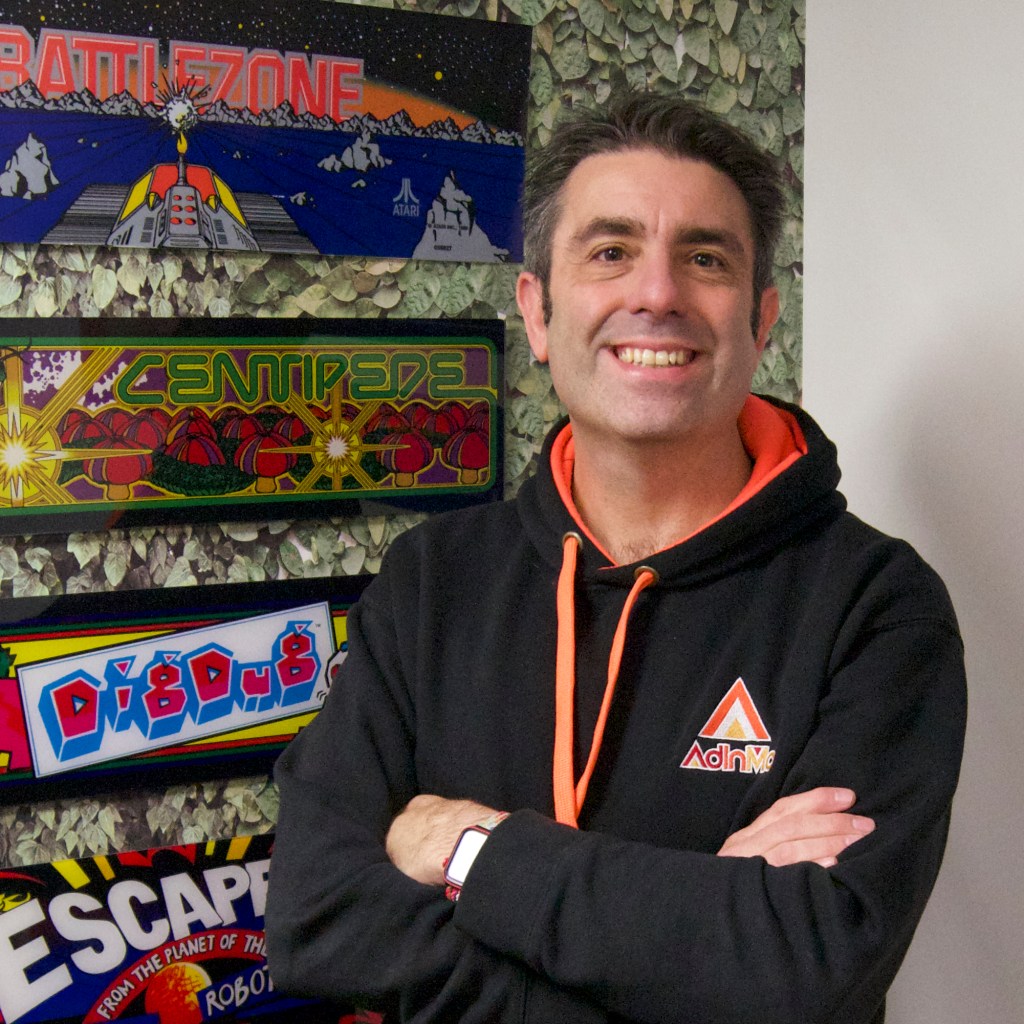Teaming up to educate the market: A conversation with two in-game advertising CEOs

Although gaming is more popular than ever before, the in-game advertising market has failed to match the growth of the medium. Leaders in the space believe more cross-collaboration between in-game ad companies could help rectify the industry’s issues.
Gaming — and in-game advertising — exploded in 2021 as COVID-locked consumers spent much more of their time and money inside virtual worlds. With the pandemic coming to an end, the gaming market has returned to earth, and the in-game advertising space has contracted as well.
These days, following tumultuous events such as the acquisition of Bidstack and Admix’s pivot into Web3, there are fewer active in-game firms in 2024 than in 2022 or 2023. Some of the remaining competitors in the space are Anzu, Frameplay, Gadsme, Adverty and AdInMo.
In an effort to make in-game ads more appealing to both publishers and marketers, both Adverty and AdInMo are rolling out clickable in-game ad units in Q3 of 2024 — and they are informally teaming up to market the offering to potential buyers.
To better understand why these ostensibly competing firms are working together to educate media buyers about in-game advertising, Digiday spoke jointly to Adverty CEO Jonas Söderqvist and AdInMo CEO Kristan Rivers for a Q&A.
This conversation has been edited and condensed for length and clarity.
On the goals behind their marketing collaboration:

Jonas Söderqvist: “Of course, we are definitely competitors on the supply side, so we have a lot of different things that we are saying to our publishers regarding our tech. But on the demand side, there are a lot of collaboration possibilities and opportunities. We have met at basically every event for the last two years, so it made sense that we continued that conversation.”

Kristan Rivers: “The competition with Adverty makes AdInMo better, and I would hope that the converse is true. As Jonas said, when we talk to game developers, we talk about how we’re different and how each of our products is, we think, better for that developer. But on the demand side, what the whole in-game industry needs is scale, and scale means standardization as well.”
On the importance of standardized formats for the in-game advertising market:

Kristan Rivers: “We — Adverty and AdInMo — all support the same IAB formats; we all support MP4 videos. Most of our competitors do require custom creative, so I think that’s something that explains why we’re doing this together. We probably haven’t done as good a job of explaining to advertisers that the standard formats already exist, and the next part of the standardization isn’t the formats — it should be how they’re buying and measuring it.”

Jonas Söderqvist: “We need to create formats that already are standardized by the IAB. Both of us only work with IAB-standardized formats, and we have done that since the early days. Many brands and buyers today are using the same formats that they are using from a 2D perspective; interstitials and rewarded videos and such are not included in a 3D world. A huge part of our sales is to educate our buyers to move them from a 2D world to a 3D world.”
On the introduction of clickable in-game ad units:

Jonas Söderqvist: “The click itself takes the gamer away from the game — they close the game, end of story. So, the game developer hates clickable ad units as a base, but they do like more revenue, and they understand why we want to do the click. And now I talk for both of us: We needed to solve the issue of how to please the supply side before we could talk to the demand side. Interstitials had always been clickable, but that is the mediation — it’s not working actively with a 3D world. Now, we have solved this with an ad unit where you click on it and we open up a window within the game and pause the game. When you close the ad, you continue gaming.”

Kristan Rivers: “That was the nut that each of us had to crack to release a clickable ad unit that we both liked. What was funny was that we have to be a bit coy with each other, so I didn’t really know exactly what their clickable ad unit was. Now, we’ve both gone out to the world. We solved the problem slightly differently, but it was the same approach: let’s focus on that player experience first.”
On the ways in-game ad companies can collectively improve their M&A prospects:

Kristan Rivers: “What happened to some of our competitors that have left this space? I can’t speak to that, but the reality is, they were startups. They took risks that didn’t pan out for them, for whatever reason; I don’t think it reflects on the market. Most of the companies in this space, we make better sense when we are part of a larger company that has more clout within the ecosystem. So when you talk about acquisitions, I would love for AdInMo or Adverty to be acquired for a ton of money by another, bigger company, because that will set the price for the other one.”

Jonas Söderqvist: “What I would add to this is a little bit more conservative. I would say is that I hope what we have started here is part of a bigger conversation in maybe six months or a year. I really hope that more of us are joining this kind of conversation, because today we are getting the breadcrumbs when it comes to digital ad spend. This is a social thing that we are representing, but comparing ourselves to social media, they get billions of dollars, and we get nothing in comparison.”
More in Marketing

Lowe’s wants to do more with AI shopping in 2026
Mylow, a shopping assistant powered by ChatGPT that launched in March, is already driving double the conversion rate for online shoppers.

‘This isn’t the old pre-roll world’: YouTube has been talking TV — now it’s selling that way
YouTube is ramping up efforts to get TV’s largest advertisers to move more of their budget into its platform.

As every screen becomes shoppable, attribution problems resurface
As more media environments become points of purchase, attribution and measurement remain the thorn in the side of commerce execs.








